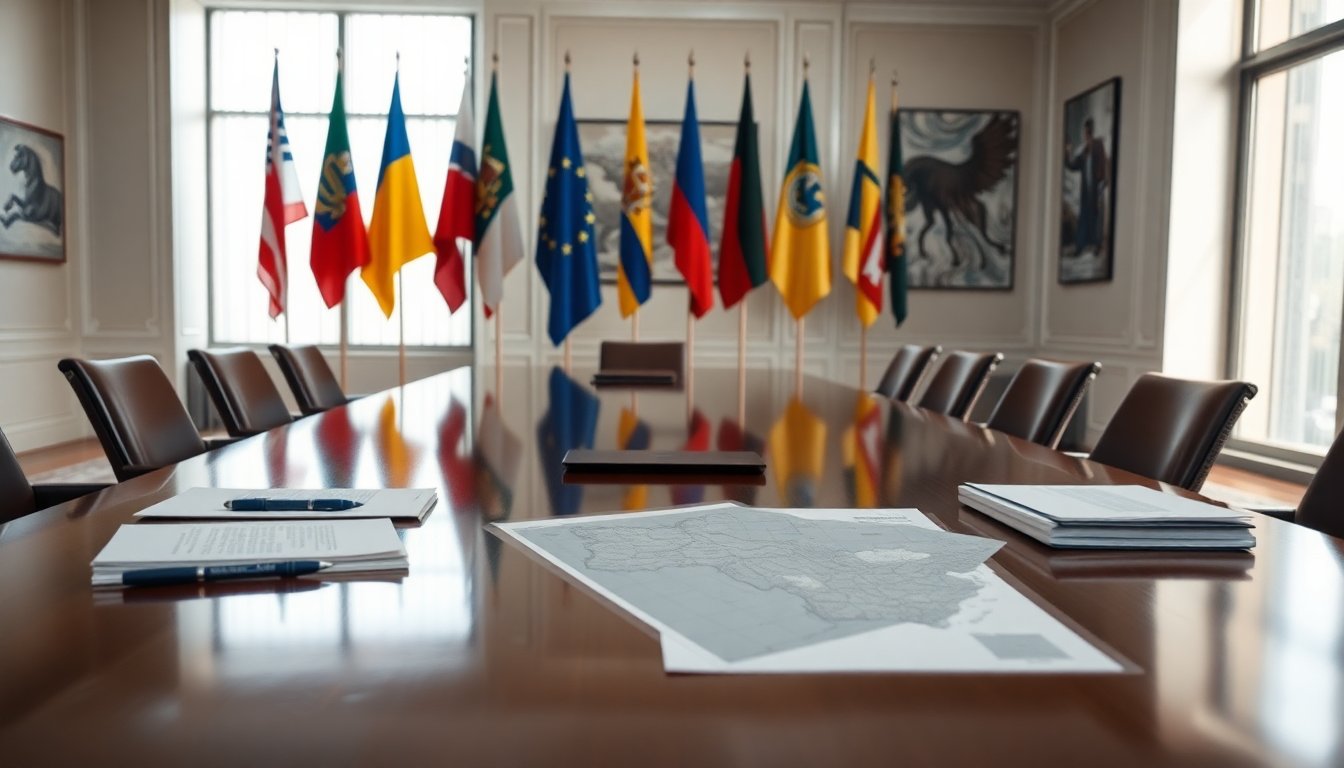Table of Contents
The ongoing conflict between Russia and Ukraine has entered its 1,336th day, and recent events indicate a complex landscape of diplomacy and military strategy. This article provides an overview of the latest happenings, including the significant interactions between world leaders that may shape the future of peace talks.
Recent diplomatic developments
On October 21, 2025, Kirill Dmitriev, a prominent figure in Russian diplomacy and head of the Russian Sovereign Fund, expressed concerns over leaks regarding a crucial meeting between Ukrainian President Volodymyr Zelensky and former U.S. President Donald Trump.
Dmitriev suggested that these disclosures could undermine the upcoming peace summit in Budapest. He emphasized the importance of keeping negotiations confidential to facilitate a successful resolution.
Meeting dynamics and implications
Reports from the Financial Times revealed that the meeting between Trump and Zelensky was tense, with Trump allegedly urging Ukraine to accept Russian demands, including withdrawal from the Donbass region.
This assertion was later disputed by Trump, who denied asking for such concessions, arguing that maintaining a constructive dialogue is essential for progress.
The fallout from these discussions has sparked a flurry of media speculation, leading to calls from Dmitriev for more disciplined communication regarding sensitive negotiations.
The leaks not only risk derailing talks but also threaten to exacerbate tensions between the involved parties.
Zelensky’s proactive approach
During the meeting, Zelensky reiterated his openness to various dialogue formats, whether bilateral or trilateral, aimed at advancing peace initiatives.
He expressed trust in the United States and highlighted his belief that Trump wishes to see an end to the conflict. Zelensky’s willingness to engage in discussions reflects his commitment to finding a diplomatic solution amidst ongoing hostilities.
Strategic military considerations
As the conflict continues, Zelensky has raised concerns about Russia’s potential fear of advanced weaponry, such as the Tomahawk missiles. He emphasized the need for robust security guarantees for Ukraine, which could significantly influence the outcome of future negotiations. Trump’s acknowledgment of the complexities surrounding military aid further underscores the intricate balance of power in this conflict.
The path ahead: potential outcomes
In the wake of the Trump-Zelensky meeting, both leaders have expressed optimism about the prospects of peace. Trump noted that resolving this conflict could mark his ninth successful mediation, while Zelensky remains hopeful about achieving a ceasefire and resuming meaningful dialogue. Their discussions indicate a mutual recognition of the need for compromise, despite the underlying tensions.
However, the challenges remain significant. Each side must navigate deep-seated animosities and the broader geopolitical implications of their decisions. The upcoming summit in Budapest will be a pivotal moment, as leaders from various nations come together to assess the current situation and explore avenues for peace.
International responses and support
The international community is closely monitoring the developments in Ukraine. The European Union has expressed support for peace efforts and has indicated its willingness to engage in constructive dialogue. Furthermore, discussions surrounding financial aid and military support for Ukraine are ongoing, signaling a commitment to bolster Ukraine’s position in negotiations.
In summary, the situation surrounding the Russia-Ukraine conflict is fluid and requires careful attention. The interactions between Zelensky and Trump exemplify the intricate dance of diplomacy necessary to navigate this challenging landscape. As the world watches, the hope for a peaceful resolution remains a guiding principle for all stakeholders involved.





